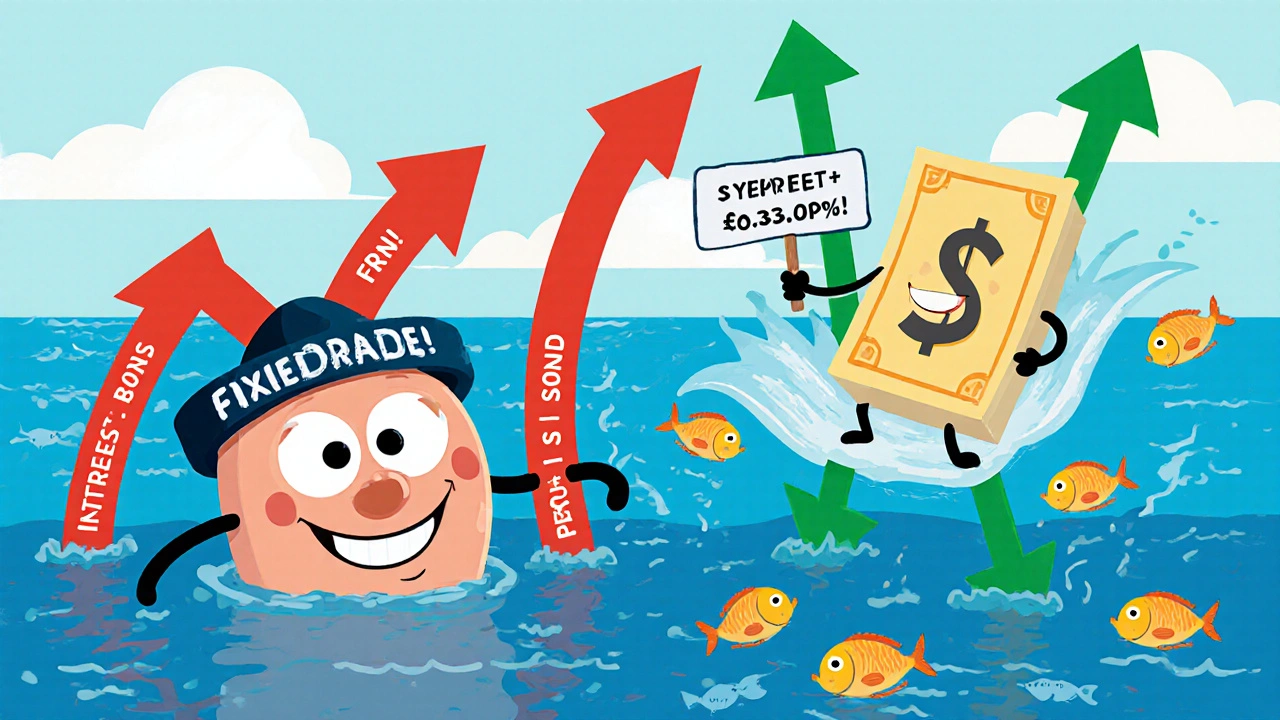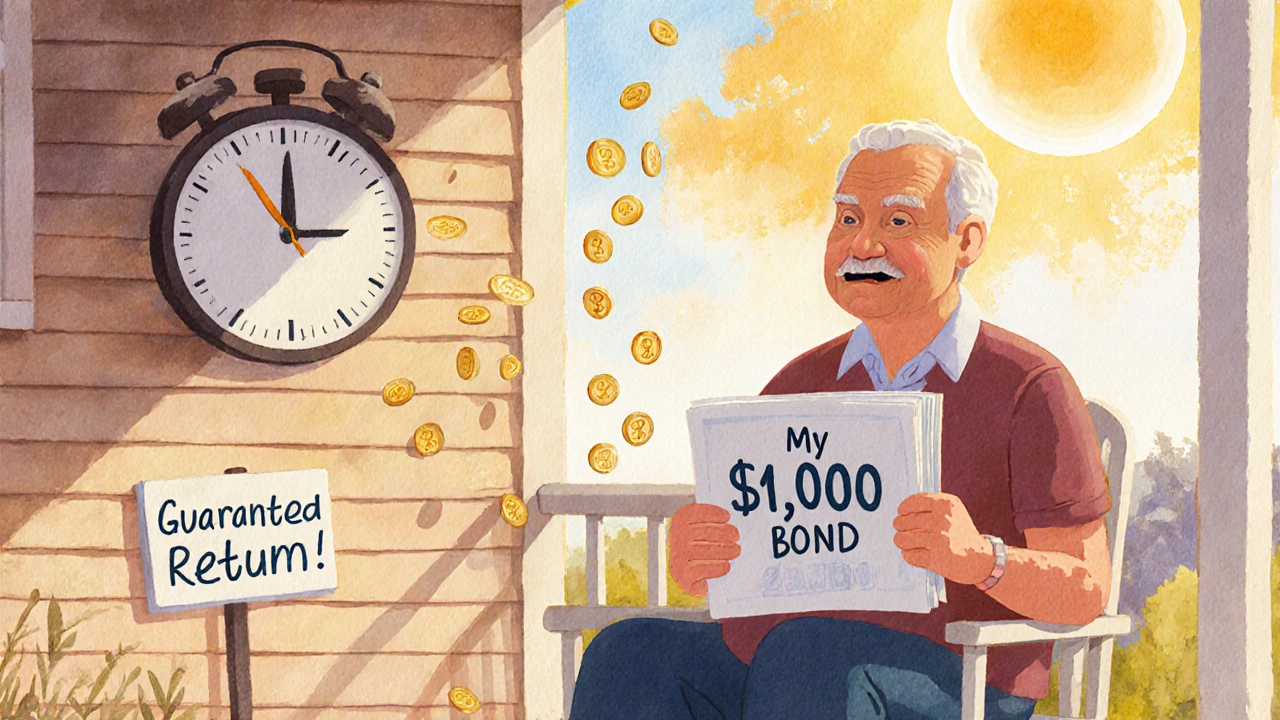Bond Investing: How Bonds Work, Where to Start, and What You Need to Know
When you buy a bond, a loan you give to a government or company in exchange for regular interest payments and the return of your principal at a set date. Also known as fixed income, it's one of the oldest and most straightforward ways to earn steady returns without gambling on stock swings. Unlike stocks, where you own a piece of a company, bonds mean you're lending money. You get paid interest—usually twice a year—and when the bond matures, you get your original cash back. Simple. Predictable. But not always safe.
Not all bonds are the same. Government bonds, like U.S. Treasuries, are backed by the full faith of the government. They’re low-risk, but their yields have been crawling up lately as interest rates rise. On the other end, corporate bonds pay higher interest because the company might default. Some pay 5%, some pay 8%—but if the company goes under, you might lose everything. Then there are municipal bonds, issued by cities or states, often tax-free if you live in the same state. Each type has different risks, tax impacts, and returns. You don’t need to pick one—you need to understand how they fit together.
Bond yields move inversely to prices. When the Fed raises rates, existing bonds with lower coupons lose value. That’s why bond funds can drop even if no one defaults. But if you hold a bond until maturity, you still get your full principal back—assuming the issuer doesn’t collapse. That’s the difference between trading bonds and holding them. Most people don’t buy individual bonds—they buy bond ETFs or mutual funds. That’s fine, but you need to know what’s inside. Are those bonds short-term or 30-year? Are they investment-grade or junk? The fees matter too. A 0.5% expense ratio on a bond fund eats into your 3% yield faster than you think.
Why does this matter now? Because inflation has changed the game. For years, bonds paid peanuts. Now, with yields hitting 4-5% on Treasuries, they’re actually competitive with savings accounts—and way safer than crypto. If you’re saving for a house in five years, or building an emergency fund that earns more than 0.01%, bonds are back on the table. They’re not sexy. They don’t make headlines. But they’re the quiet backbone of most portfolios that actually last.
What you’ll find below isn’t theory. It’s real analysis from people who’ve tracked bond markets, compared ETFs, and seen how interest rate swings hit real portfolios. You’ll see how mortgage REITs—often confused with bonds—actually behave differently. You’ll learn how to compare bond funds using holdings and fees, not just past returns. You’ll get clarity on when bonds help, when they hurt, and how to use them without guessing.





